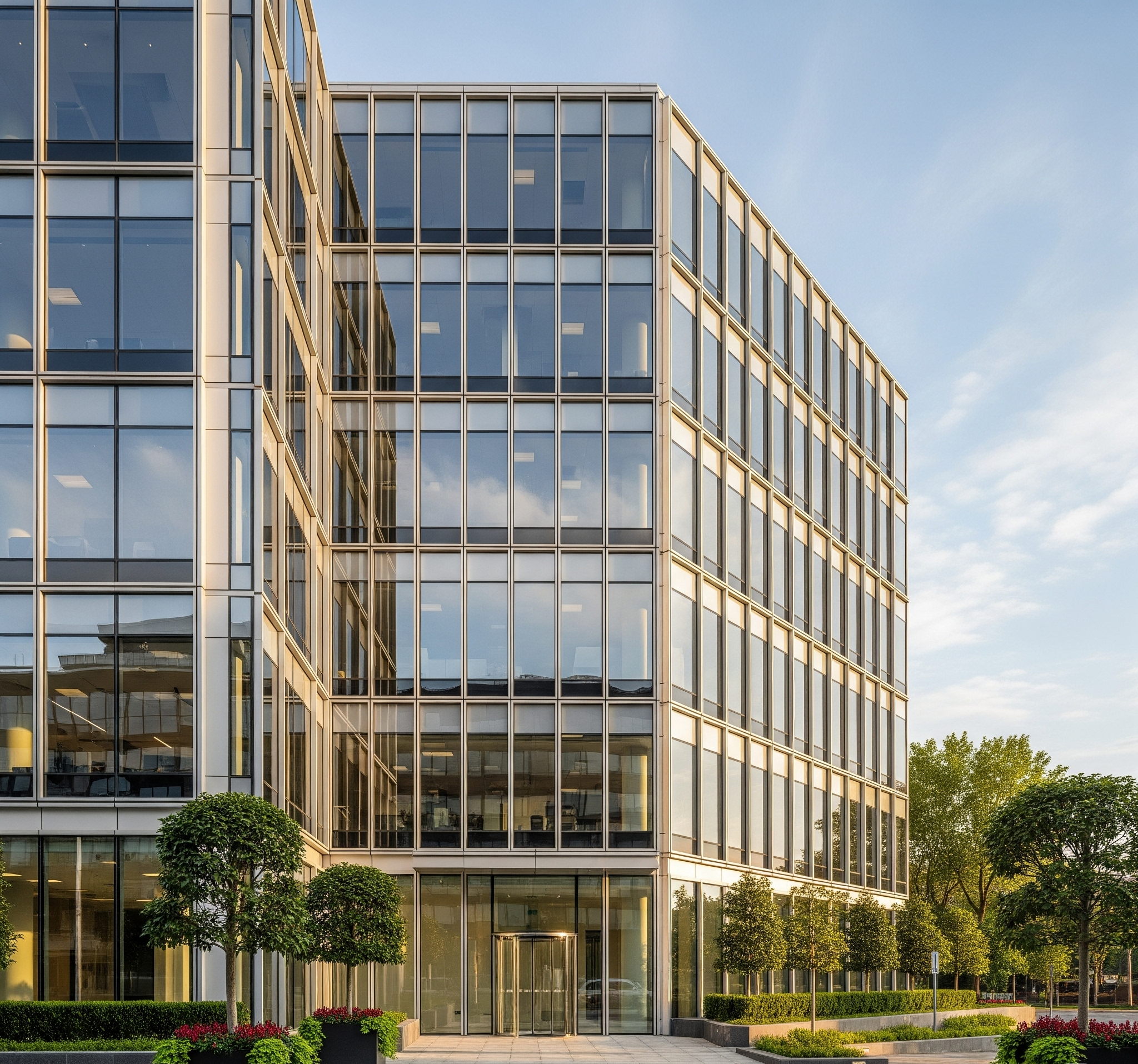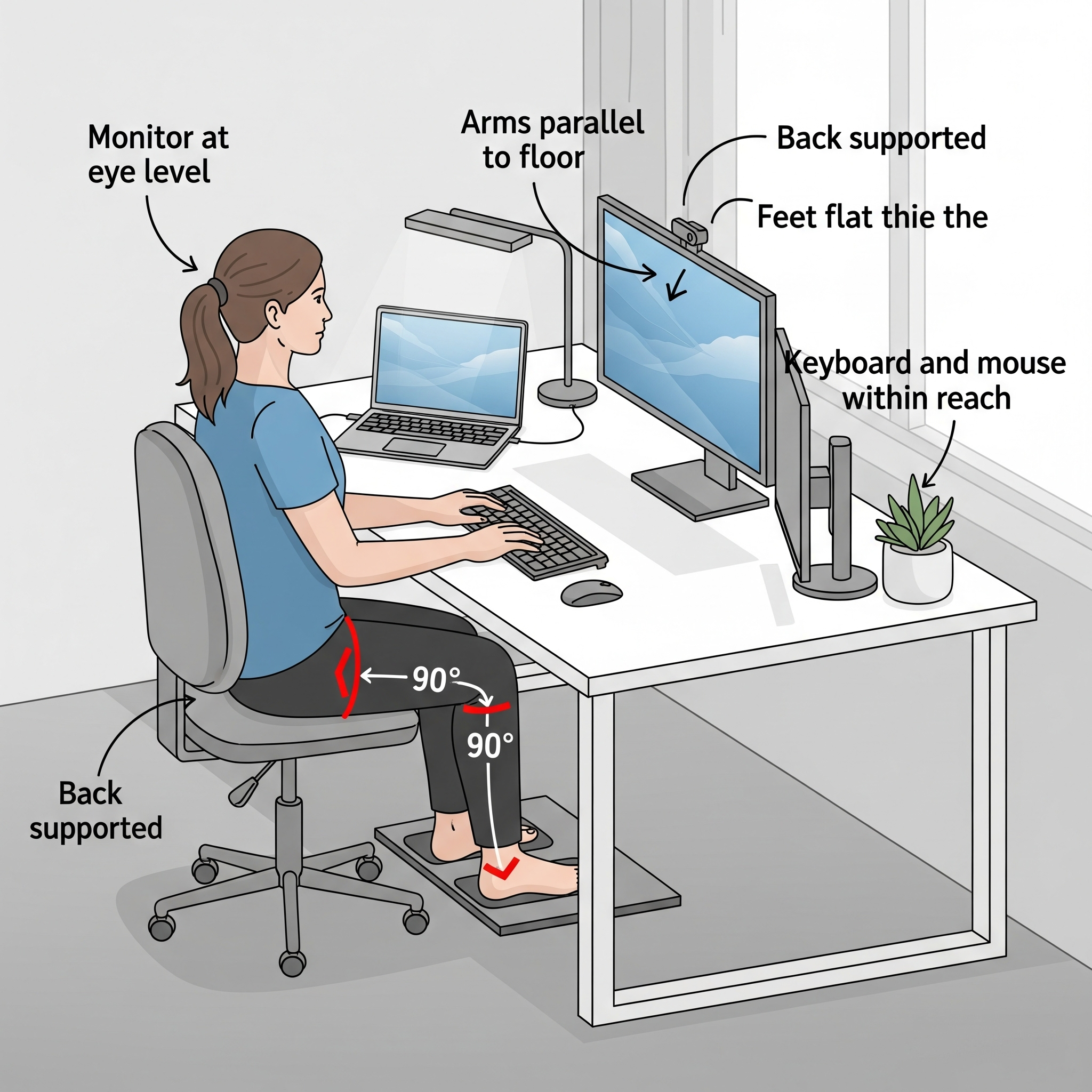From Buildings to Well-Being: Why Facility Leaders Hold the Key to Workplace Wellness.
The Silent Epidemic in the Modern Workplace? Your Building.
In 2025, talent is scarce, burnout is rampant, and attention spans are shorter than a TikTok clip. Amid all this, employee wellness is dominating boardroom conversations—and for good reason. Companies are realizing that you don’t just hire talent—you house it. And that space, that environment, that facility? It’s either a fuel source or a fire hazard.
But here’s the twist: the responsibility doesn’t lie with HR alone. It sits squarely with the unsung heroes of organizational health—facility managers, operations heads, and COOs. The people who control the airflow, lighting, layout, and maintenance schedules are now also shaping the mood, motivation, and mental health of the workforce.
This essay unpacks why workplace wellness isn’t just a trend—it’s a transformation, and how you, as a facilities decision-maker, can lead it. Whether you’re managing a school in Akron, a clinic in Cleveland, or a retirement home in Canton, one thing is clear:
Your building is either a wellness solution or a silent stressor.
A modern glass office building with trees and landscaping.
Sick Building Syndrome – The Wellness Killer You Can’t See
“Sick Building Syndrome” might sound like an overstatement, but for anyone who’s spent a full day under flickering lights, breathing stale air, and surrounded by synthetic materials, the symptoms are all too real. Caused by poor ventilation, outdated HVAC systems, mold, or toxic building materials, SBS can lead to persistent headaches, fatigue, eye or throat irritation, and reduced cognitive performance. Over time, this silent issue also drives up sick leave, healthcare costs, and even turnover—especially in high-occupancy buildings.
The effects are even more concerning in environments like schools and hospitals, where air quality directly impacts learning outcomes and patient recovery. In classrooms, poor air circulation has been linked to lower attention spans and test performance, while in healthcare facilities, it can contribute to slower healing and staff burnout. The physical space shouldn't be a barrier to performance or wellness—but in many buildings, it quietly is.
📌 The solution starts with smarter operations. Upgrading your air filters, scheduling preventative HVAC maintenance, and using real-time indoor air quality monitors can help flag issues before they become systemic. This isn’t just about comfort—it’s about protecting the wellbeing of everyone inside your facility, from students and patients to teachers, nurses, and maintenance staff.
Biophilic Design – Let Nature In
Biophilic design isn’t just trendy jargon—it’s a research-backed approach to designing indoor spaces that reconnect people with nature. By integrating natural elements like sunlight, greenery, water features, wood textures, and organic patterns, buildings can mimic the restorative effects of the outdoors. And the science is clear: environments designed with biophilic principles can increase focus by up to 15%, reduce stress levels, and improve overall well-being.
In schools and clinics, the benefits go beyond aesthetics. Natural light and indoor plants help calm overstimulated students, reduce behavioral issues, and support cognitive development. In healthcare settings, patients exposed to nature-based design elements often experience shorter recovery times and reduced anxiety. Simply put, the more a space feels connected to nature, the better people function within it—physically, mentally, and emotionally.
📌 Solution: Start small by bringing greenery into high-traffic areas, leveraging daylight through layout adjustments, and choosing materials or artwork that reflect natural environments. Whether it’s a vertical garden in a lobby or woodgrain textures in classrooms, biophilic design turns static spaces into healing, productive environments. It’s not decoration—it’s transformation.
Ergonomics – The ROI of Comfort
A poorly designed workspace is more than just a sore back or stiff neck—it’s a hidden liability impacting health, productivity, and retention. The Occupational Safety and Health Administration (OSHA) reports that workplaces implementing proper ergonomic solutions can reduce musculoskeletal disorders by up to 59%. That’s not just fewer injuries—it’s lower healthcare costs, fewer workers' compensation claims, and less time lost to sick days. In today’s competitive labor market, where burnout and disengagement are high, ergonomic comfort is a key factor in both attracting and retaining talent.
But ergonomics isn’t just about buying expensive chairs. True ergonomic design considers desk height, monitor distance, keyboard placement, lighting, and foot support. In environments like call centers, admin offices, or teacher lounges, employees spend long hours at desks or computers—and repetitive strain or poor posture can quietly chip away at their well-being and productivity. Over time, discomfort leads to fatigue, errors, and frustration—all of which reduce output and morale. Worse still, if ignored, it becomes a reason people quietly leave.
📌 Solution: A proactive ergonomic strategy starts with workstation audits—checking alignment, posture, and adjustment options. Introduce adjustable chairs, sit-stand desks, monitor risers, and anti-fatigue mats where appropriate. Encourage microbreaks to prevent stiffness and eye strain, and train staff on proper workstation setup. These upgrades aren’t a cost—they’re a cost-saver. When people feel supported physically, their energy and engagement increase—boosting the entire facility’s performance.
Air Quality – The Unseen Asset
Air quality is one of the most overlooked performance drivers in any facility. Clean, breathable air doesn’t just reduce illness—it improves cognitive function, emotional stability, and overall productivity. The U.S. Environmental Protection Agency (EPA) warns that indoor air can be 2 to 5 times more polluted than outdoor air, thanks to dust, mold, volatile organic compounds (VOCs), and outdated ventilation systems. In buildings where people spend 8+ hours a day, that’s not just unhealthy—it’s unsustainable.
For facilities in Northeast Ohio, the challenge is growing. Rising humidity and changing seasonal patterns due to climate change have increased mold growth, pollen loads, and allergen levels, putting additional pressure on HVAC systems that were never built to handle today's environmental realities. Poor air quality doesn’t just lead to coughing or dry eyes—it can mean higher absenteeism, lower focus, and increased risk for respiratory issues, especially in schools, healthcare facilities, and shared office spaces.
📌 Solution: Treat air quality as a facility asset, not an afterthought. Install HEPA or MERV-13 filters, conduct routine HVAC maintenance, and implement real-time air quality monitors that track CO₂, PM2.5, and humidity levels. Even better? Share these metrics with staff and visitors to build trust and transparency. When people know the air they breathe is being cared for, they feel safer, more valued—and more likely to stay engaged.
Smart Buildings – Technology That Thinks
Facilities are no longer just walls and wiring—they’re becoming intelligent ecosystems. With the rise of IoT sensors, Building Automation Systems (BAS), and Integrated Workplace Management Systems (IWMS), buildings can now think, learn, and respond to human needs in real time. These systems adjust lighting based on occupancy, balance temperature and airflow automatically, and even track cleaning needs by monitoring foot traffic. The result? Buildings that actively support wellness, efficiency, and sustainability.
In hybrid and high-use environments—like offices, hospitals, and campuses—smart infrastructure is no longer optional. Real-time data allows facility teams to pinpoint stress zones, monitor noise levels, and fine-tune environments to reduce discomfort and improve focus. Whether it's adjusting HVAC usage for a half-empty office or dimming lights in unused wings, smart buildings offer adaptive control that traditional systems can’t. This isn’t just about automation—it’s about creating responsive, human-centric spaces.
📌 Solution: Invest in scalable technologies that integrate core systems—HVAC, lighting, access control, and scheduling—into a unified platform. Start with high-impact upgrades like occupancy sensors, smart thermostats, and cleaning analytics, then expand into full building intelligence platforms. Smart doesn’t have to mean complex—it just needs to be intentional, data-driven, and aligned with how people actually use the space.
Case Study – A School’s Wellness Turnaround
In Northeast Ohio, a charter school was struggling with more than just test scores. Chronic absenteeism, high staff turnover, and low student engagement had become the norm—despite strong leadership and curriculum improvements. But one overlooked factor was quietly undermining progress: the facility itself. Harsh lighting, poor air circulation, and uninspiring learning environments were taking a toll on everyone inside the building.
That changed when the school partnered with a proactive facilities team committed to wellness-centered upgrades. They replaced harsh fluorescent lighting with LED daylight systems, introduced biophilic elements like living walls and nature-themed murals, and upgraded the HVAC system with air purification modules. These changes weren’t cosmetic—they were strategic, targeting the physical environment as a lever for academic and behavioral outcomes.
📈 The results were immediate and measurable: absenteeism dropped by 12%, teacher retention improved, and student behavior logs reflected a clear increase in classroom engagement. What was once dismissed as “just the building” became a core part of the school’s turnaround story. The lesson? Facility wellness isn’t a bonus—it’s a critical investment in performance, retention, and student success.
The Facility Leader’s Role in Wellness Culture
You might not run HR or sit at the strategy table, but every decision you make shapes how people feel, work, and perform inside the building. From lighting levels to acoustics, air quality to room layouts—your work sets the tone for wellness. These aren't just background variables; they’re the environmental signals that influence focus, collaboration, and overall morale.
You’re not just managing bricks, wires, or maintenance schedules. You’re a Wellness Architect, crafting spaces that reduce stress. An Engagement Enabler, designing environments where people want to show up. A Culture Contributor, making invisible values visible through every square foot. And a Risk Mitigator, preventing the physical conditions that lead to absenteeism, injuries, and dissatisfaction. The ripple effects of your decisions touch every department—even if they don’t always see it.
And in 2025, that makes you one of the most strategic assets in your organization’s future. As wellness, sustainability, and hybrid work models continue to redefine workplace expectations, the facility leader becomes more than an operator—you become a steward of experience. Your work doesn’t just support culture—it helps build it.
Build Better, Live Better
In today’s world, maintaining a building isn’t just about fixing what’s broken. It’s about designing and operating spaces that actively support human health, performance, and purpose. Whether it’s clean air, calming design, ergonomic workstations, or smart technology—modern facilities must be smart, healthy, responsive, and inspiring. The standard has shifted from functional to transformational.
Wellness is no longer a “nice-to-have”—it’s a critical part of your infrastructure. In schools, it influences attendance and learning. In clinics, it shapes recovery and staff retention. In offices, it drives engagement and output. When people feel better, they do better—and that starts with the environment they step into every day.
Your title might say facility director, operations director, or maintenance director—but what you’re really doing is shaping culture, protecting well-being, and future-proofing your organization. Build better, live better isn’t a slogan—it’s a mission. And it starts with you.
If you're a facility decision-maker in Northeast Ohio, now’s the time to rethink how your building breathes, flows, and supports its people. From indoor air quality to lighting, layout, and ergonomics—every element plays a role in health, performance, and retention.
➡️ Partner with Immaculate Management Group to schedule a comprehensive Facility Wellness Audit and bring your space into the future—one airflow sensor, ergonomic chair, and daylight panel at a time.
Immaculate Management Group – Reliability. Attention to Detail. Proactivity. Efficiency.





